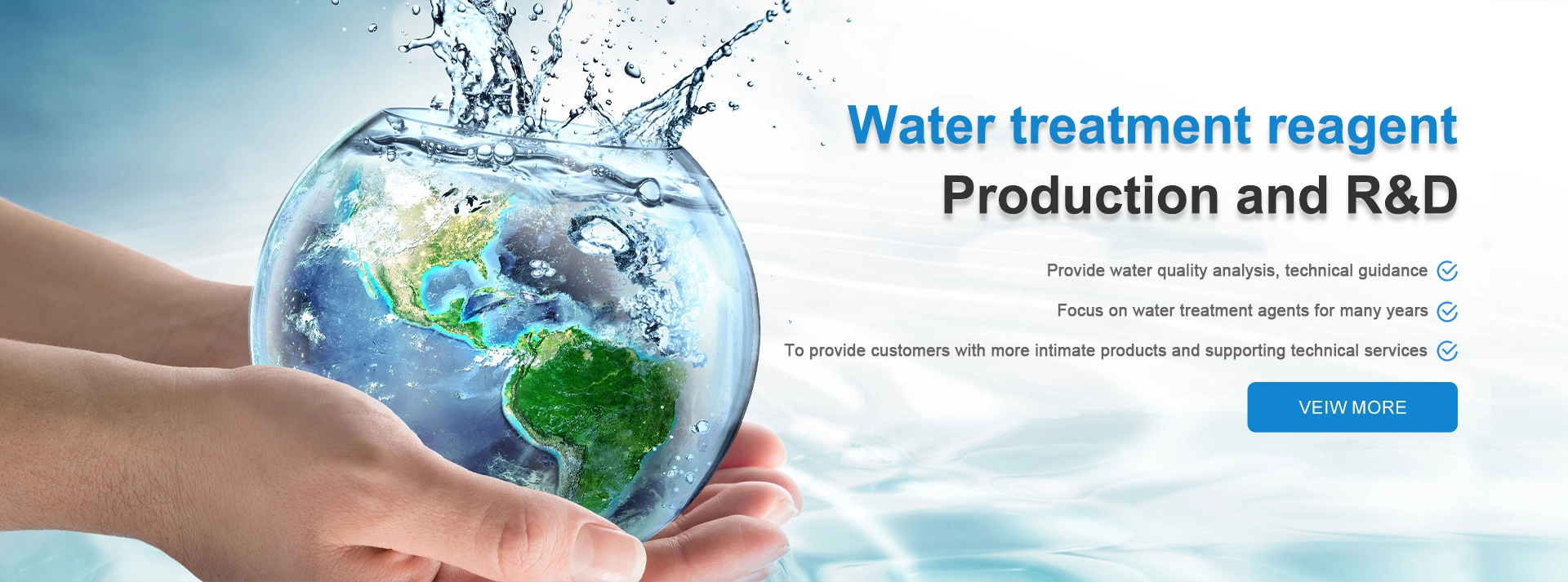Understanding the Properties and Applications of Hydrolyzed Polyacrylamide in Industry
Hydrolyzed Polyacrylamide Properties, Applications, and Environmental Considerations
Hydrolyzed polyacrylamide (HPAM) is a prominent polymer widely utilized in various industrial and environmental applications. Known for its unique properties, HPAM serves as a critical component in fields such as oil recovery, wastewater treatment, and even agriculture. This article explores the characteristics, applications, and environmental considerations associated with hydrolyzed polyacrylamide.
Properties of Hydrolyzed Polyacrylamide
HPAM is a water-soluble polymer composed of acrylamide monomers. The hydrolyzation process involves the partial conversion of the acrylamide groups into carboxylate groups through the introduction of water. The result is a polymer that exhibits a combination of high molecular weight and significant anionic character, leading to distinctive rheological behavior.
One of the standout features of HPAM is its ability to enhance viscosity in aqueous solutions. As a result, it improves the stability of suspensions and emulsions, making it valuable in various formulations. Furthermore, the degree of hydrolysis, which ranges from 10% to over 30%, can be tailored to meet specific application needs, influencing the polymer's solubility and performance.
Applications of Hydrolyzed Polyacrylamide
1. Enhanced Oil Recovery (EOR) HPAM is widely used in the oil and gas industry to improve the extraction of crude oil. In EOR processes, HPAM is injected into oil reservoirs to increase the viscosity of water used during flooding operations. The increased viscosity leads to better displacement of oil, allowing for a higher recovery rate.
2. Wastewater Treatment In the field of wastewater management, HPAM acts as a flocculant. It facilitates the aggregation of suspended solids, helping to clarify water by promoting the settling of impurities. This application is particularly beneficial in treating industrial effluents and municipal wastewater, improving water quality and enabling compliance with environmental regulations.
3. Agriculture HPAM is employed in agricultural practices to enhance soil properties. When added to irrigation water, HPAM helps retain moisture in the soil, reducing water loss through evaporation and promoting better crop yields. Additionally, it can improve soil structure, facilitating root growth and nutrient absorption.
hydrolyzed polyacrylamide

4. Mining and Mineral Processing In mining operations, HPAM is used to aid in the separation of valuable minerals from ore. By increasing the viscosity of the slurry, it enhances the efficiency of the separation process, leading to more effective mineral extraction.
5. Cosmetics and Personal Care HPAM finds its way into cosmetic formulations as a thickening and stabilizing agent. Its ability to improve the texture and feel of products makes it a popular choice in creams, lotions, and hair products.
Environmental Considerations
Despite its beneficial applications, the use of hydrolyzed polyacrylamide raises environmental concerns that warrant attention. The production and disposal of synthetic polymers can lead to environmental pollution if not managed properly. Concerns regarding potential toxicity, bioaccumulation, and the degradation of HPAM in aquatic environments are critical issues that need to be addressed.
Research into the biodegradability of HPAM is ongoing, with studies suggesting that while regular polyacrylamide can persist in the environment, hydrolyzed versions may degrade more readily under certain conditions. The degree of hydrolysis and environmental factors, such as pH and temperature, play a role in determining the polymer's fate in natural systems.
To mitigate environmental impacts, manufacturers and users of HPAM are encouraged to adopt sustainable practices, including the exploration of biodegradable alternatives and responsible disposal methods. Monitoring regulations should be established to ensure safe usage, particularly in agricultural and industrial applications.
Conclusion
Hydrolyzed polyacrylamide is a versatile polymer with a range of applications across diverse industries. Its unique properties make it invaluable in enhancing oil recovery, treating wastewater, improving agricultural practices, and serving various other industrial functions. However, as with any synthetic material, it is essential to consider environmental impacts and promote sustainability. Continued research and responsible management practices will be crucial in harnessing the benefits of HPAM while minimizing its ecological footprint.
-
2-Phosphonobutane-1,2,4-Tricarboxylic Acid: Scale & CorrosionNewsAug.29,2025
-
Premium Isothiazolinones | Broad-Spectrum Biocidal SolutionsNewsAug.28,2025
-
LK-319 Special Scale And Corrosion Inhibitor For Steel Plants: Advanced Solutions for Industrial Water SystemsNewsAug.22,2025
-
Flocculant Water Treatment: Essential Chemical Solutions for Purification ProcessesNewsAug.22,2025
-
Isothiazolinones: Versatile Microbial Control Agents for Industrial and Consumer ApplicationsNewsAug.22,2025
-
Scale Inhibitor: Key Solutions for Water System Scale PreventionNewsAug.22,2025





